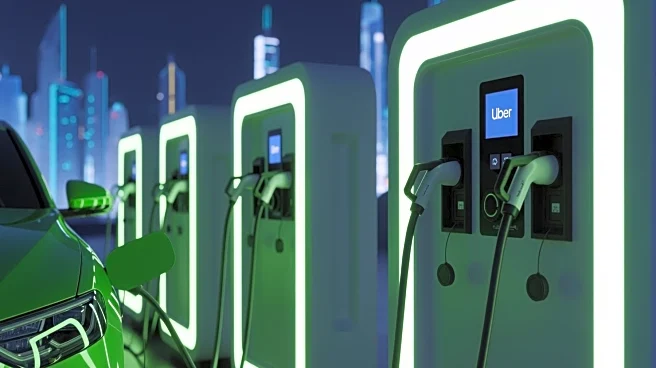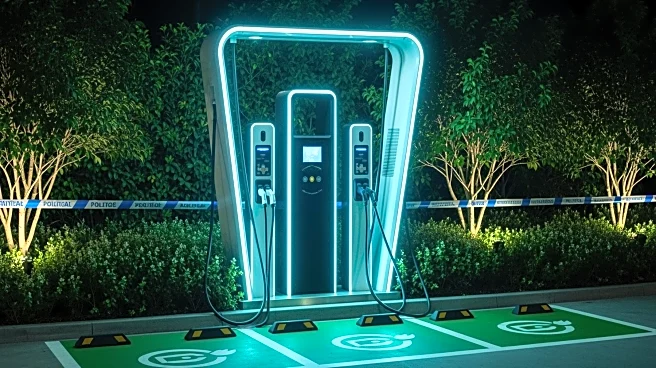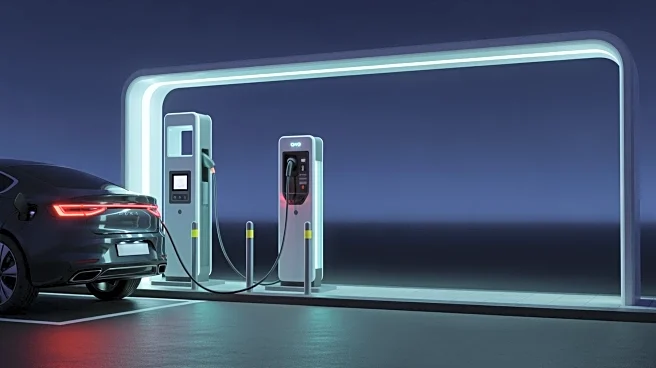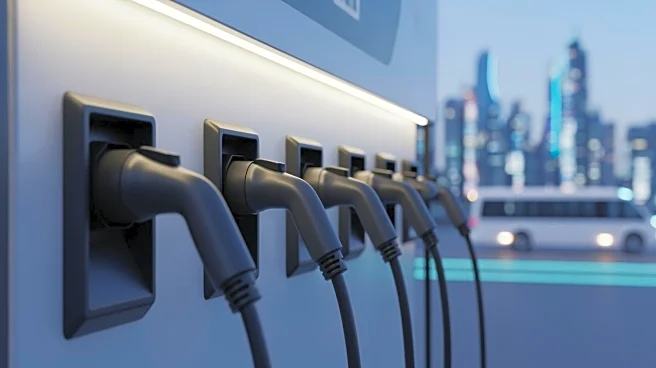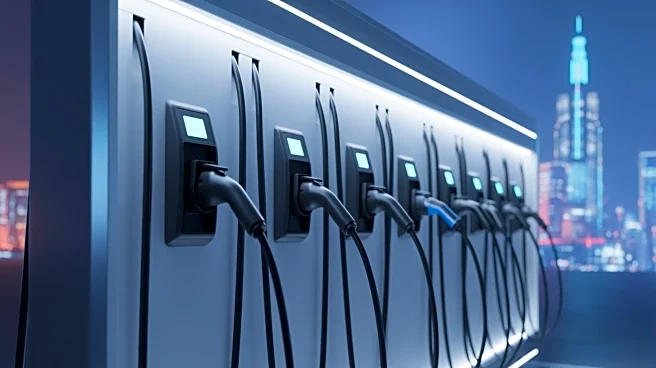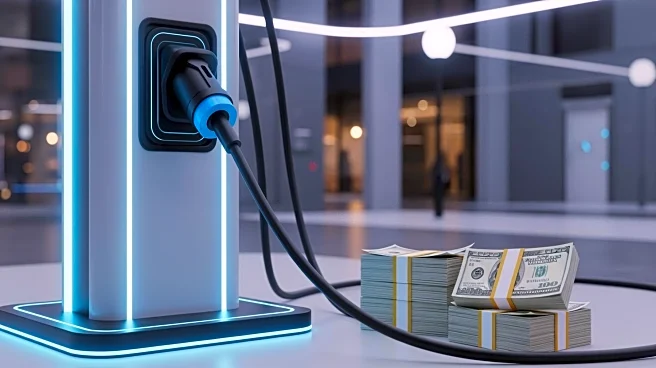What's Happening?
Uber has announced a new initiative offering a $4,000 rebate for drivers who switch to electric vehicles. This move is part of Uber's broader strategy to electrify its fleet, aiming for 100% electric-vehicle
rides by 2030 in the US, Canada, and Europe, and globally by 2040. The rebate can be used by drivers to purchase new or used EVs in states such as New York, California, Colorado, and Massachusetts. This policy follows the Trump administration's recent phase-out of Biden-era tax credits for new EV purchases. Uber is also rebranding its 'Uber Green' service to 'Uber Electric,' reflecting its progress in electrifying its platform over the past five years. The company is committed to removing barriers to EV adoption and improving access to charging infrastructure.
Why It's Important?
The introduction of a $4,000 rebate for Uber drivers to switch to electric vehicles is significant as it addresses the financial barriers associated with EV adoption. Electric vehicles typically have lower maintenance costs and no fuel expenses, but their higher upfront price can be prohibitive for many drivers. By offering this incentive, Uber is making EVs more accessible, potentially accelerating the transition to cleaner transportation options. This initiative aligns with broader environmental goals and could influence other ride-hailing services to adopt similar measures. Additionally, the rebranding to 'Uber Electric' signifies a commitment to sustainable practices, which may enhance Uber's reputation and attract environmentally conscious consumers.
What's Next?
Uber's efforts to electrify its fleet will likely lead to increased collaboration with cities to expand charging infrastructure, addressing concerns about the availability of EV chargers, particularly in urban areas like New York City. The company is also expanding its battery-aware matching feature to more car brands, helping drivers manage their trips based on battery levels. As Uber continues to push for a fully electric fleet, it may face challenges related to infrastructure development and driver adaptation. Stakeholders, including city officials and environmental groups, may play a role in facilitating this transition by supporting policies that promote EV adoption and infrastructure expansion.
Beyond the Headlines
The shift towards electric vehicles in the ride-hailing industry could have broader implications for urban planning and environmental policy. As more drivers switch to EVs, cities may need to invest in charging infrastructure and reconsider zoning regulations to accommodate the growing demand. This transition also raises questions about the sustainability of ride-hailing services and their impact on traffic congestion and air quality. Furthermore, the move towards electrification may influence consumer behavior, encouraging more individuals to consider EVs for personal use, thereby contributing to a reduction in carbon emissions and fostering a culture of sustainability.
